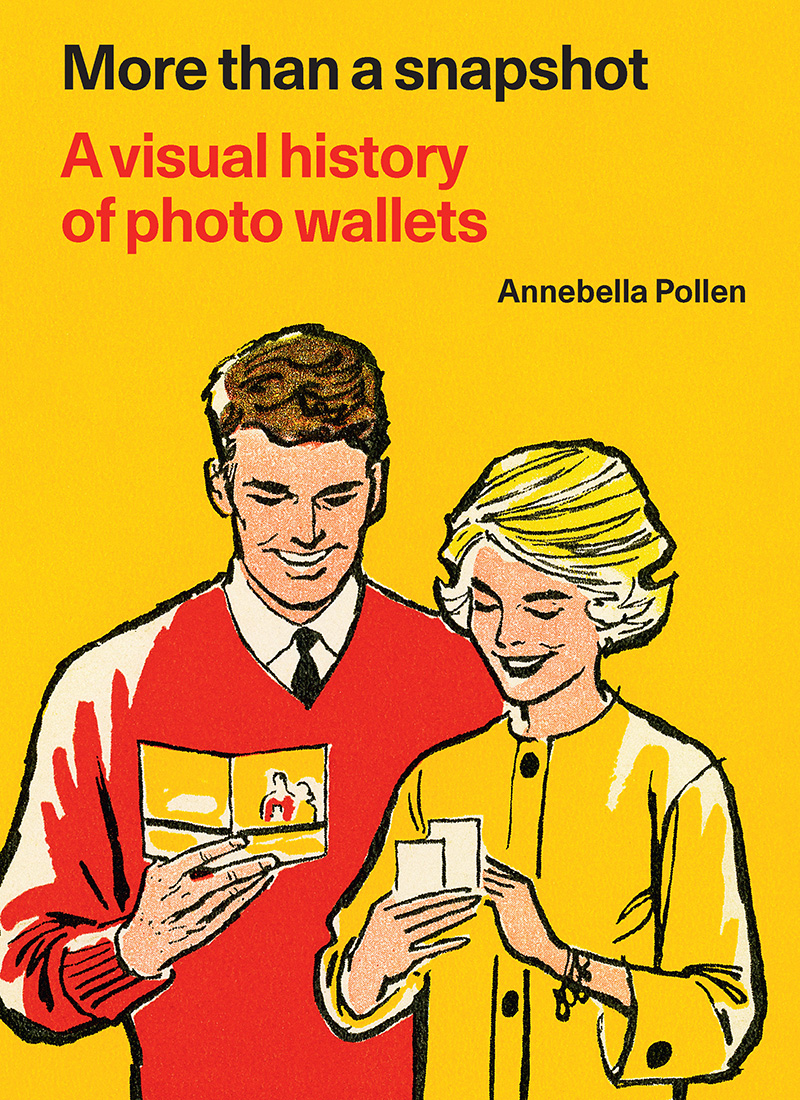With more than 90 per cent of the UK population now having a smartphone in their pocket, taking a quick photograph and immediately seeing the results has become an unthinking gesture. Phones are used to take quick snaps of opening hours and timetables, to do a quick mirror check of your hair and teeth, and to communicate everyday activities with social media acquaintances. Look at my lunch! It is easy to forget that this instant photographic practice is very different to what went before. For most of the 20th century, cameras were much less widespread, and photographs were much slower to produce. Until the early 1990s, when sales of digital cameras overtook film, it was most common for most people to shoot just one or two rolls of film a year. Each roll would only contain 12, 24 or 36 exposures. Unless you had access to a darkroom, most of those photographs were processed commercially by dropping the film off at a high street chemist or camera retailer or by posting it to a mail order developing and printing service.

The wait between depositing a film and collecting the results might be merely an hour if you’d paid a premium at the latest high street mini-lab, or it might be days or weeks if you’d gone for a cheaper option. The sense of anticipation was intense: would your holiday snaps capture the glorious sunsets viewed from the mountain tops and the bronzed cuteness of your holiday romance? Or would there be blurred views and decapitated heads, double exposures and your fingers over the lens?
Your support changes lives. Find out how you can help us help more people by signing up for a subscription
Tearing open the envelope
When it arrived, the processors’ envelope of prints might be unfolded with care, or perhaps torn open by those desperate to see the outcome. Perhaps you sat down with friends to open your wallet of prints or poured yourself a stiff drink before going it alone. Either way, the results were unlikely to match up to the smiling faces and sunny days depicted on the wallet, where families were relentlessly happy and the grass was always green.

For years, I’ve been researching the history of photography since it became accessible to ordinary people from the start of the 20th century. What did people take photographs of? What did they do with these photographs? What did they mean to them? I’ve examined huge archives of tens of thousands of prints to understand popular photography, and I’ve surveyed thousands of people.
My new book, More Than a Snapshot, looks at the services that supported amateur photography, from big names such as Kodak, high street staples such as Boots and long-lost local providers. It takes us back to those days of photographic limits, errors and waiting. It offers an illustrated history of photography not by looking at photographs, but by looking at the packaging they came in: photo wallets.











